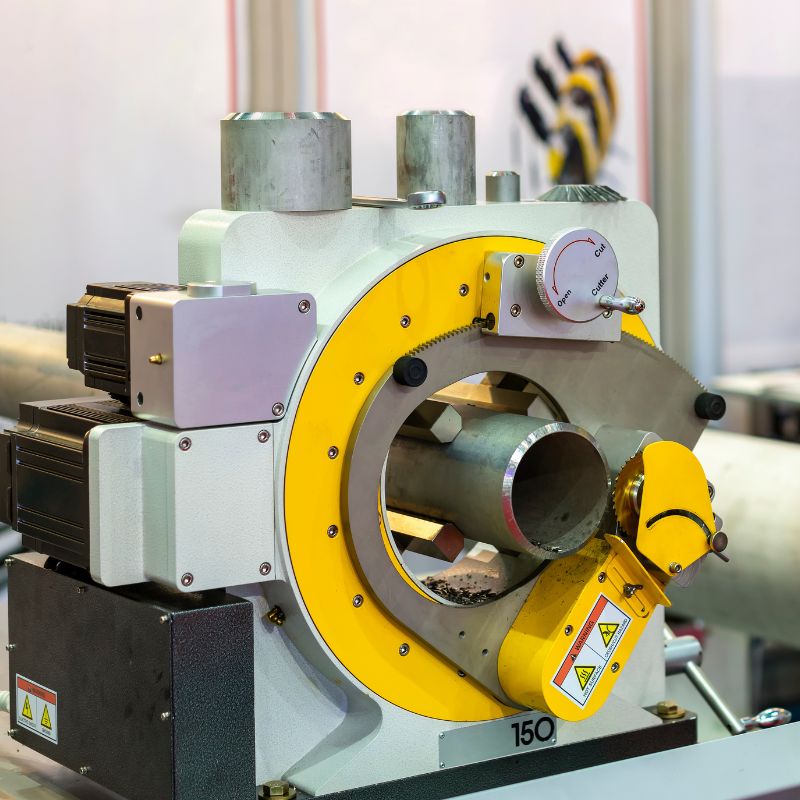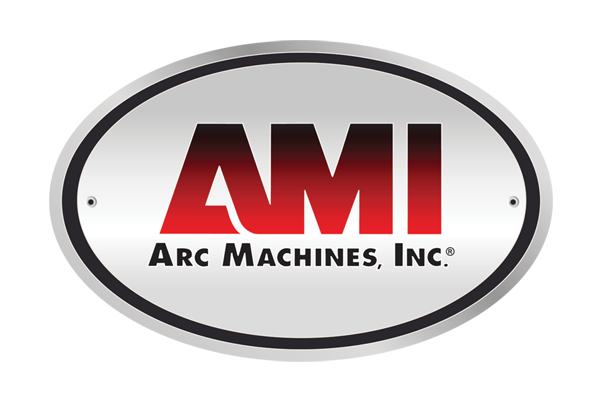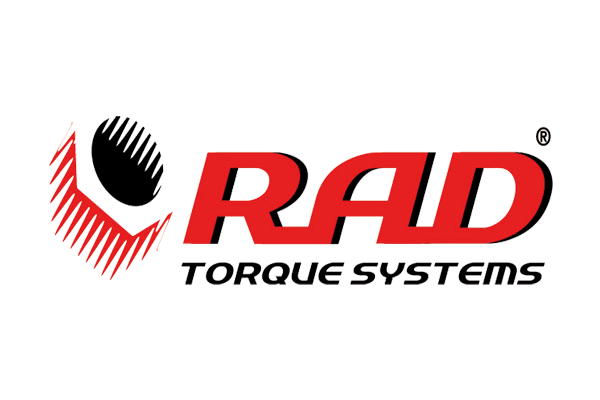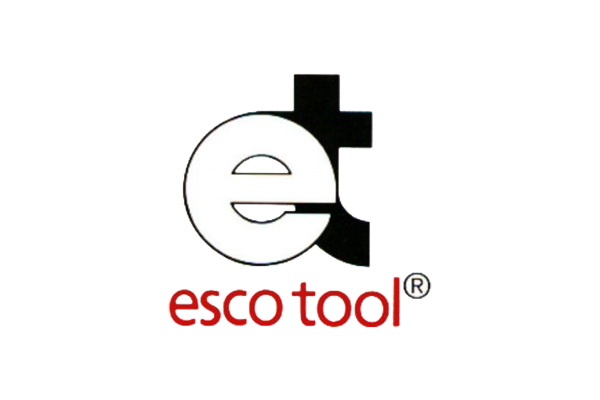Tips for Choosing the Right Welding Power Supply
Welding is an art that requires precision and skill for quality, timely work. Some of those new to the trade are initially hesitant about it. While the tools themselves are capable of harm, the likelihood of a trained welder getting hurt is fairly low. Understanding the basics helps a lot in that regard. For starters, these tips for choosing the right welding power supply are worth noting.
Heavy Duty
When welding is something that someone professionally relies on daily, it’s best not to skimp on the capabilities. The duties of a professional welder likely include but are not limited to building maintenance and home contract work. When it comes to ensuring that an elevator is safe or that a sink is properly connected, you must use a power source capable of up to 240 V for cutting and welding together various thicknesses of metal.
General Use
For those who need a welding machine for daily repair tasks, the need for a heavy-duty or dual-voltage machine lessens. Typically, farmers or those who work on their cars regularly find uses for welding occasionally. For these uses, a 200 amp machine is enough. However, for plasma cutting, something that is capable of providing up to 40 amps is recommended unless working with particularly thick metals.
Hobbyists and DIY-ers
Hobbyists who wish to practice welding on their own time typically only need about 110-120 V machines. However, when it comes to DIY, the potential increases depending on how in-depth you go with your home tasks. While 120 is fairly flexible, getting something capable of outputting 200-240 V is a surefire way to deal with any potential issues that pop up in the future. Specifically, something like an AMI orbital welder is a great option for those looking for something reliable.
While the art of welding seems scary initially, it is nothing to be afraid of. Many people regularly rely on their welding tools and find that a hammer or saw is just as dangerous. These tips for choosing the right welding power supply are worth considering if you plan on using a welding tool for yourself someday.









